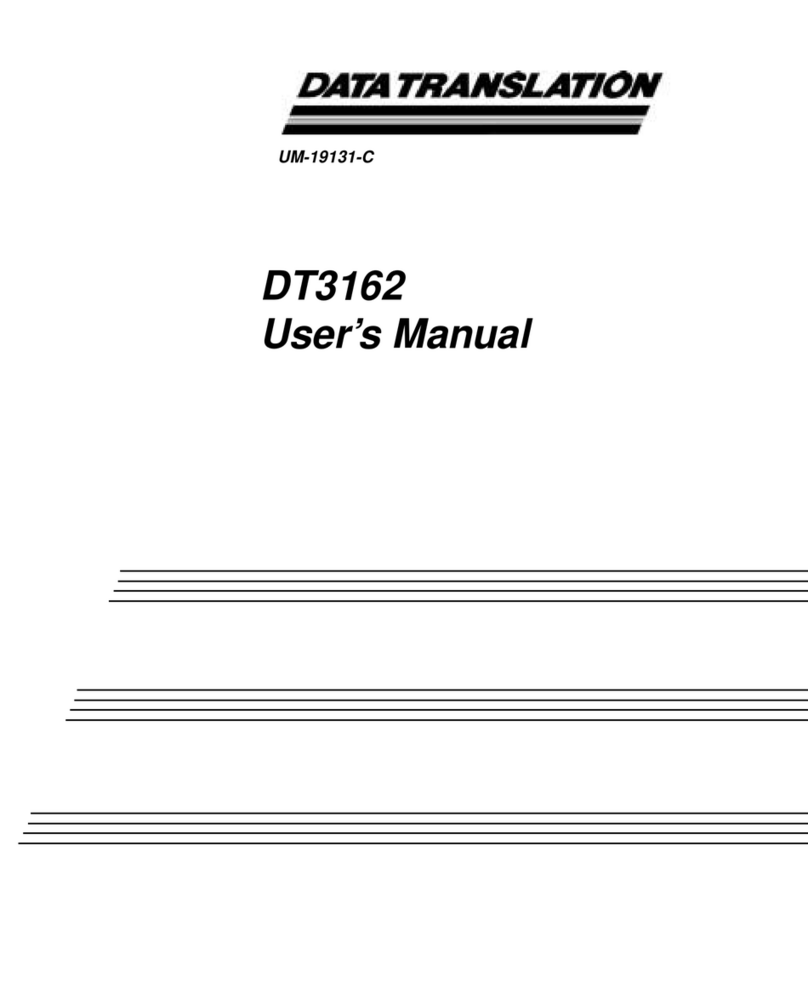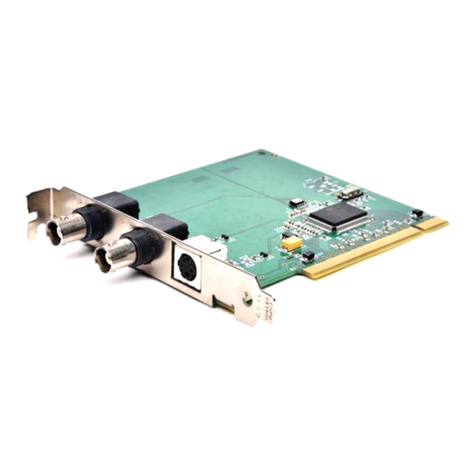Data Translation DT3157 User manual




















Other manuals for DT3157
1
Table of contents
Other Data Translation Media Converter manuals

Data Translation
Data Translation DT3130 Series Parts list manual
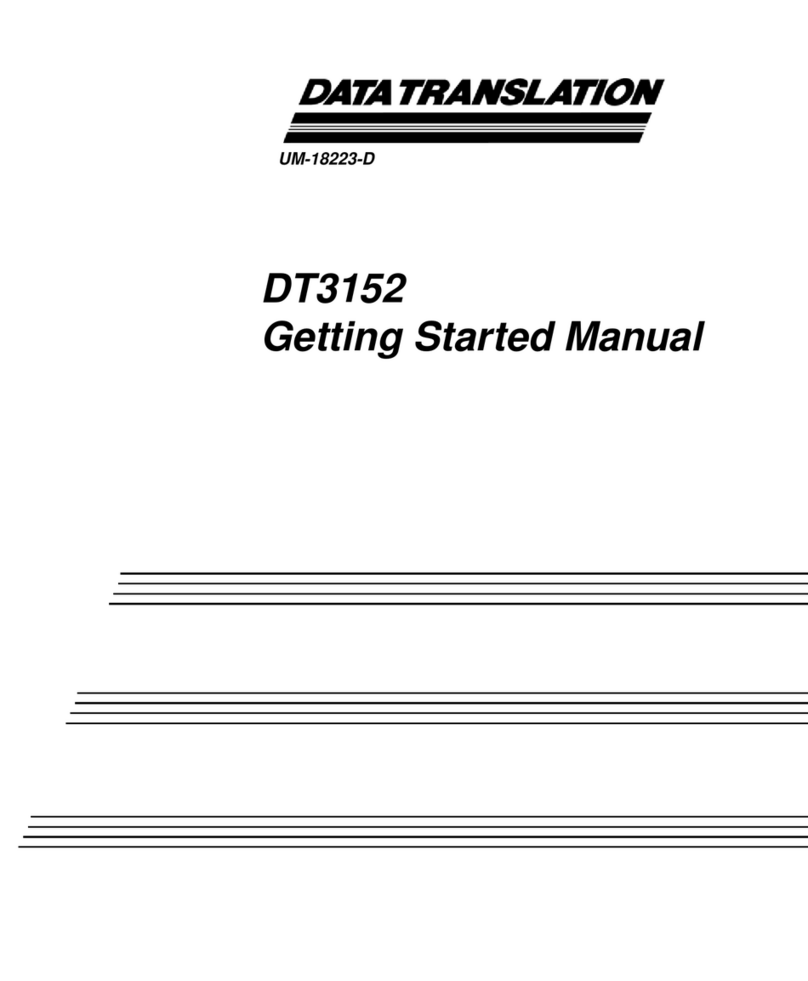
Data Translation
Data Translation DT3152 Parts list manual

Data Translation
Data Translation DT351 User manual

Data Translation
Data Translation DT3157 Parts list manual
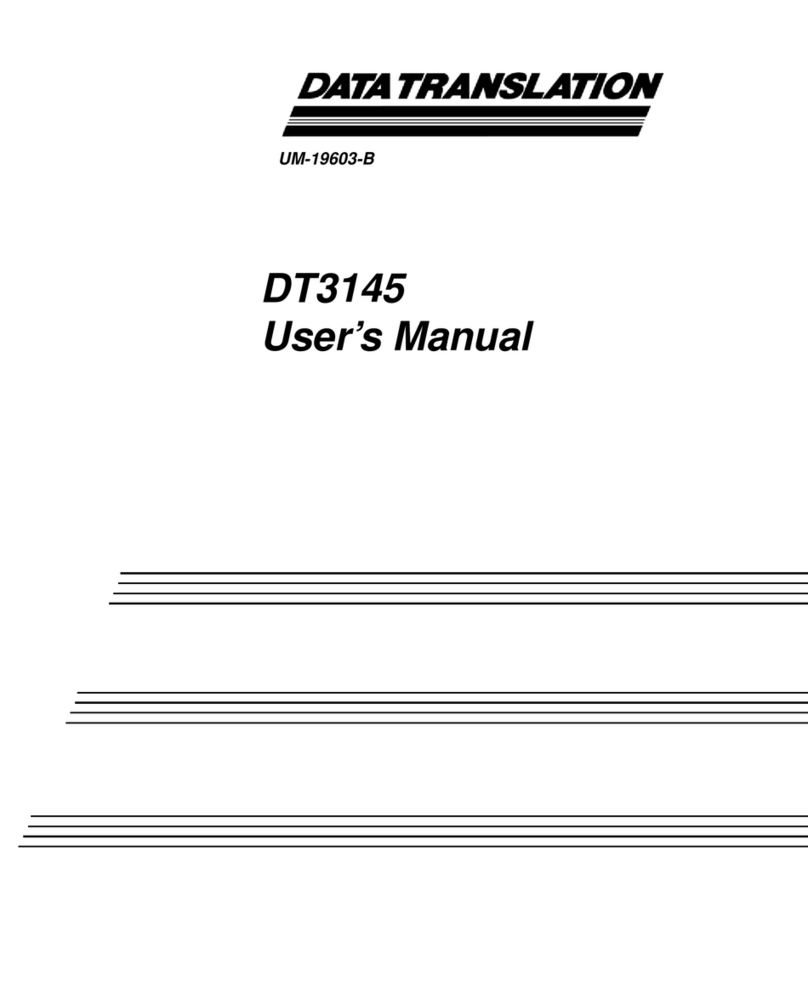
Data Translation
Data Translation DT3145 User manual
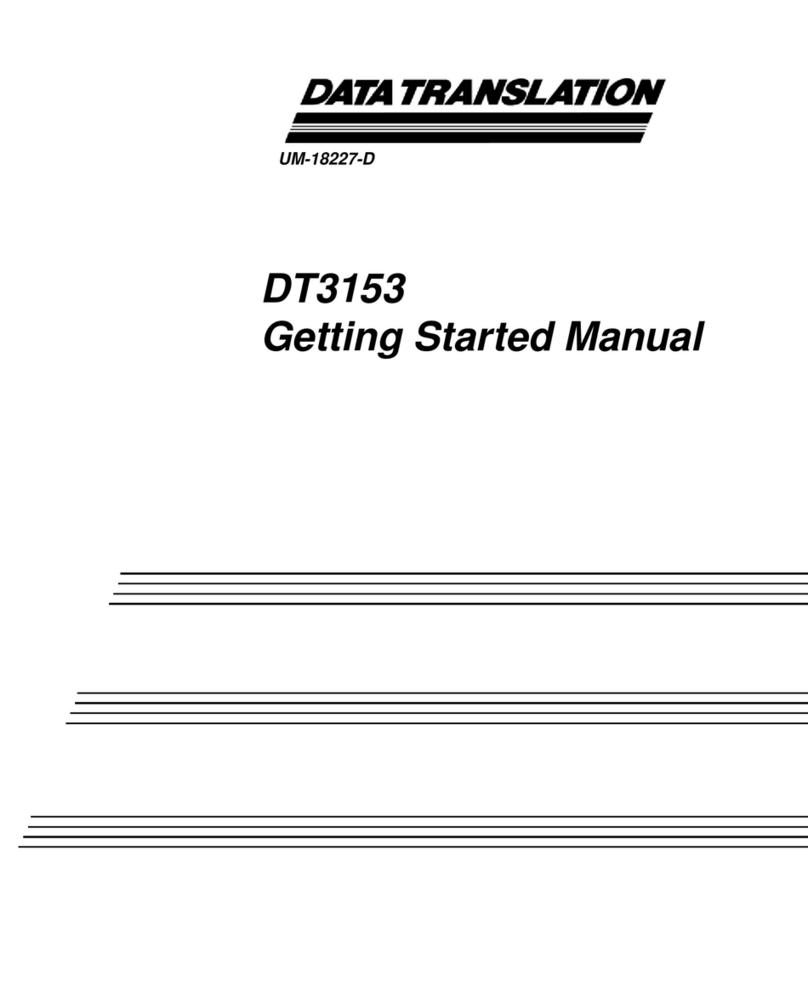
Data Translation
Data Translation DT3153 Parts list manual
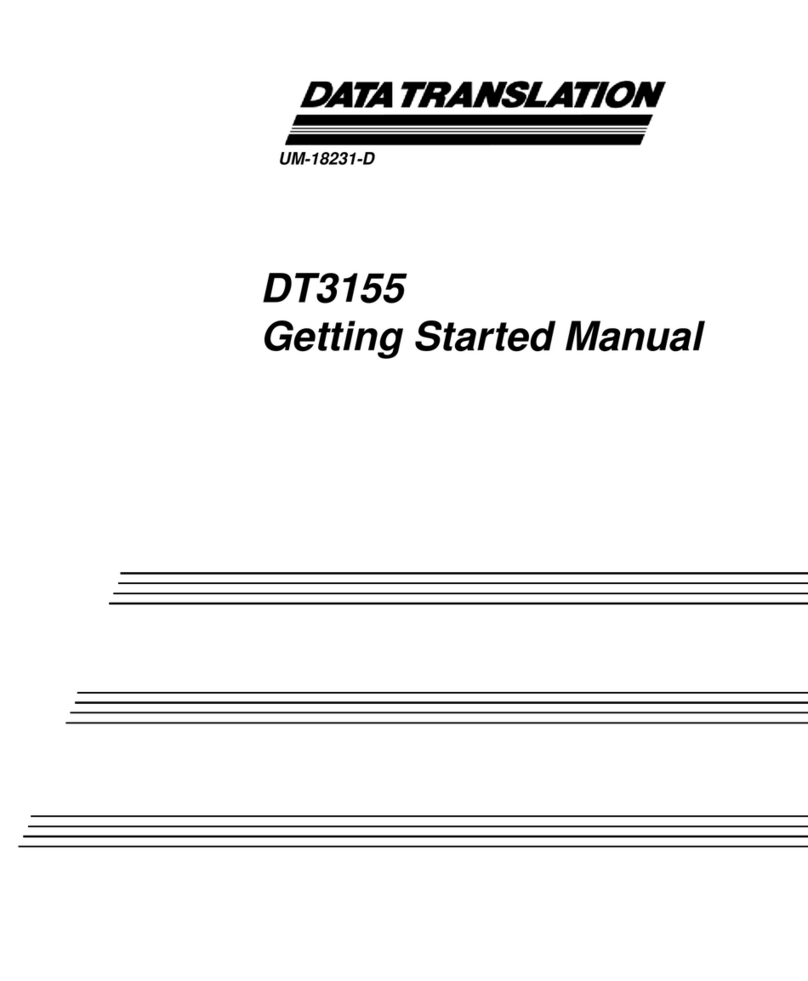
Data Translation
Data Translation DT3155 Parts list manual

Data Translation
Data Translation DT3155 User manual
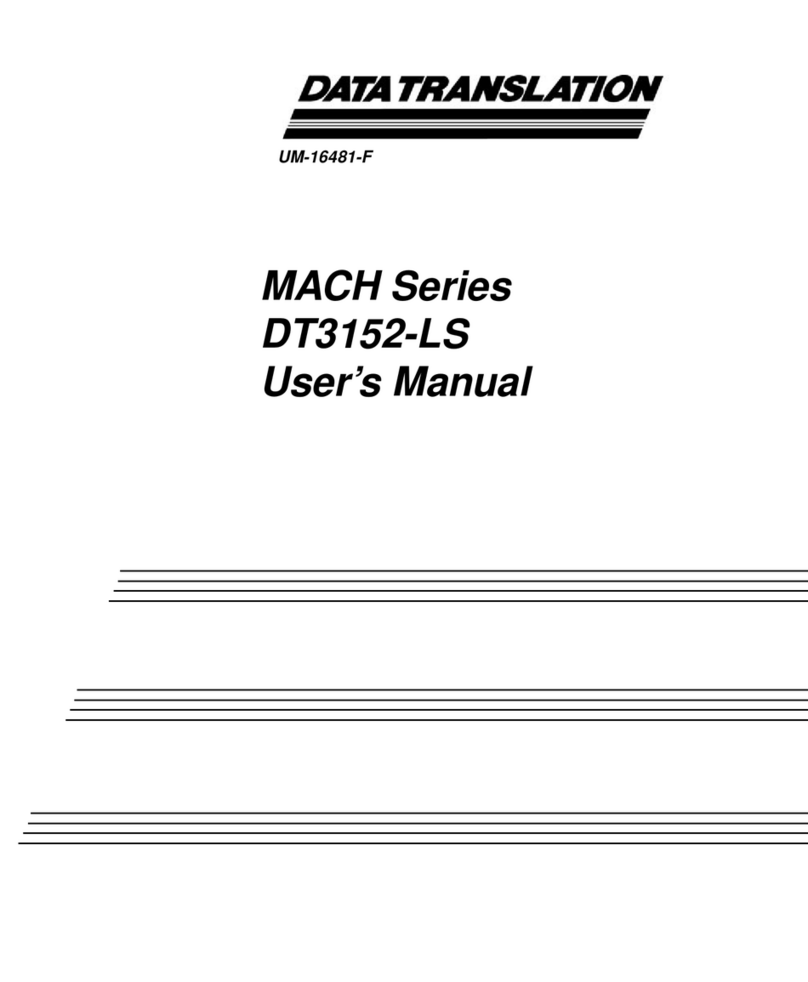
Data Translation
Data Translation MACH Series User manual
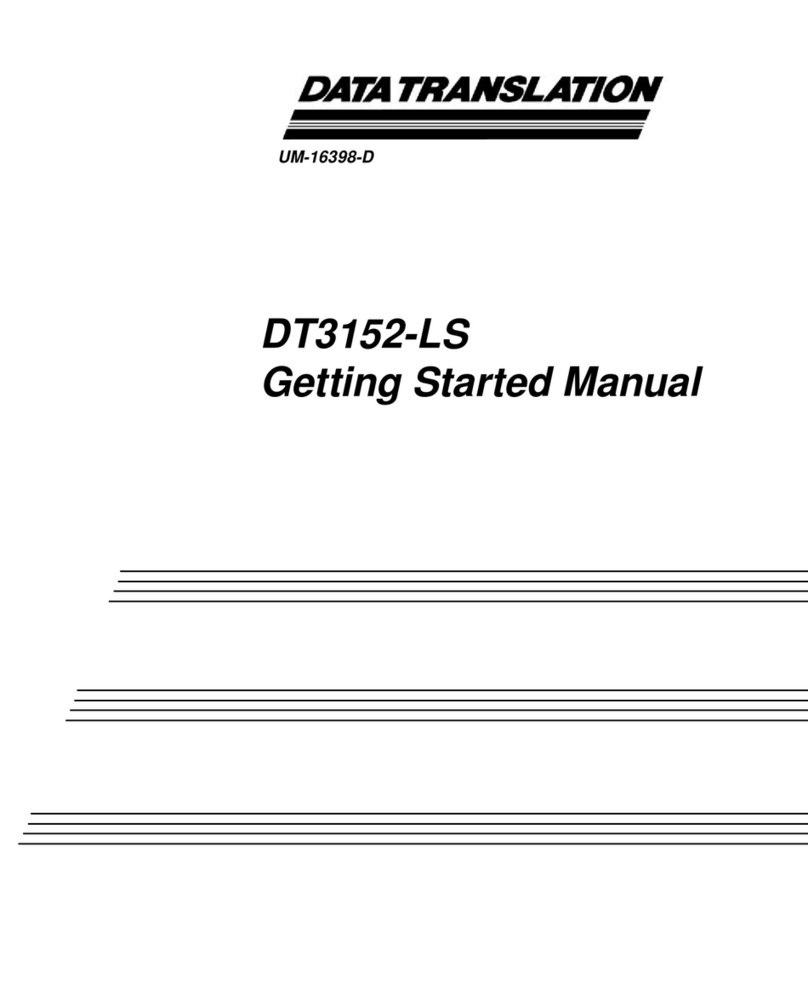
Data Translation
Data Translation DT3152-LS Parts list manual
Popular Media Converter manuals by other brands

H&B
H&B TX-100 Installation and instruction manual

Bolin Technology
Bolin Technology D Series user manual

IFM Electronic
IFM Electronic Efector 400 RN30 Series Device manual

GRASS VALLEY
GRASS VALLEY KUDOSPRO ULC2000 user manual

Linear Technology
Linear Technology DC1523A Demo Manual

Lika
Lika ROTAPULS I28 Series quick start guide

Weidmuller
Weidmuller IE-MC-VL Series Hardware installation guide

Optical Systems Design
Optical Systems Design OSD2139 Series Operator's manual

Tema Telecomunicazioni
Tema Telecomunicazioni AD615/S product manual

KTI Networks
KTI Networks KGC-352 Series installation guide

Gira
Gira 0588 Series operating instructions

Lika
Lika SFA-5000-FD user guide

